HOW TO CHOOSE A DIAMOND SOLITAIRE RING SETTING
Solitaire engagement rings have existed for eons and have remained the most popular choice for ring style. However, appearances can be deceiving. While they may appear simple at first glance, a few key details can have a significant impact on the function, style, and overall look of your ring. The most particular and in-demand setting for a solitaire diamond is a prong setting. This setting involves using small bands of metal to connect and secure the center diamond or gemstone to the ring shank. However, with several prong styles available, it is crucial to choose the prong style that best suits your taste and lifestyle.
Four-Prong Rings

For maximum visibility, the four-prong solitaire setting allows the most substantial area of the diamond to be visible, making a well-cut diamond stand out on its own. The four prongs must be robust enough to hold the diamond securely and adequately spaced around the stone. Four-prong settings are commonly used in more intricate rings to secure the center stone.
Six-Prong Rings
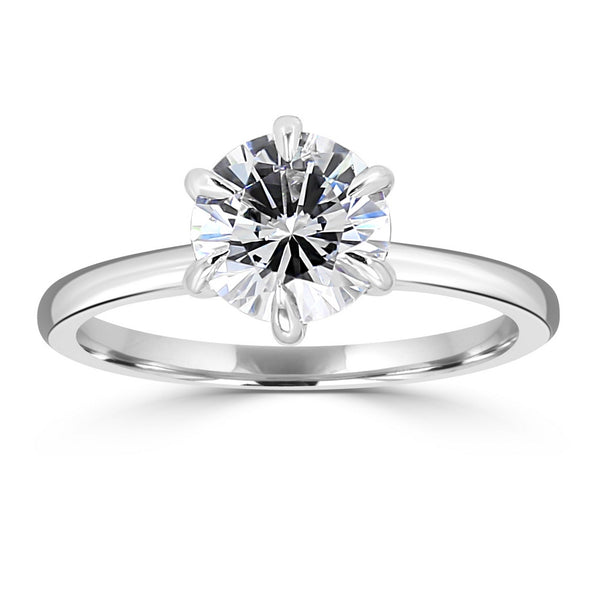
The six-prong setting is secure, tall and classic, and utilizes six evenly-spaced prongs that enhance the appearance of a round brilliant-cut diamond. The most famous example of a six-prong setting is the Tiffany-style setting, which creates the illusion that the diamond is larger. This style has been around for a century and has inspired many variations, but the classic Tiffany-style solitaire setting remains one of the most popular choices. The goal is to make the diamond appear more prominent and look like it is floating above the band. Only the culet of the diamond remains hidden in a Tiffany setting.
"Trellis-Prong" Solitaire Engagement Ring
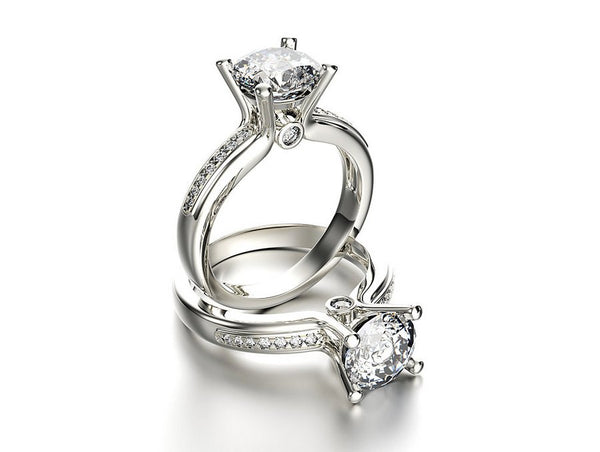
The trellis-prong ring is a variation of the classic four-prong solitaire setting, crossing the prongs over each other to create a delicate basket that enhances the style of your ring. The openness of the trellis prongs provides ultimate diamond light play, making it a great choice for round, oval, cushion, Asscher, and princess-cut stones.
Double Claw Prongs Solitaire Ring
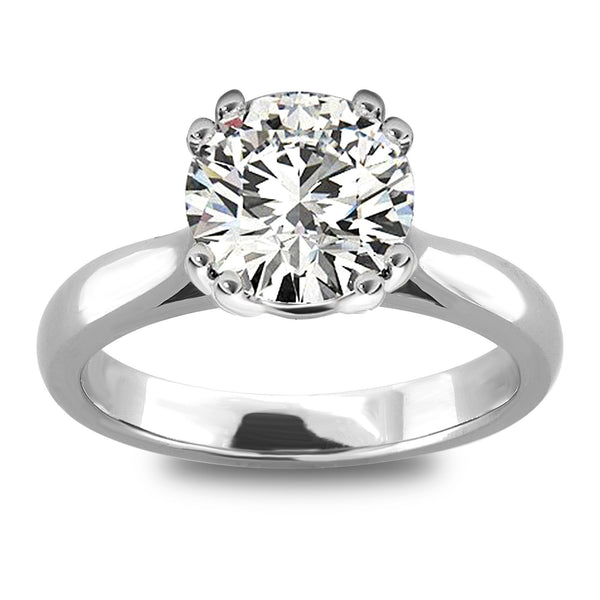
The double claw prongs are slimmer than single solid prongs and are ideal for round, oval, and cushion stones. The dual rounded prong tips of the double-clawed prong have a rounded edge instead of a pointed appearance or a soft pointed edge. By taking the classic four-prong ring and splitting each prong into smaller pieces that grip the stone like claws, jewellers created the double claw ring, which has an elegant look and secure hold for more unusual diamond shapes. The two prongs set closely together do not detract from the stone's overall appearance while offering better security for diamond shapes such as cushion cuts, emerald cuts, and princess cuts.
Eight and Ten Prong Rings

Solitaire settings with six, eight, or more prongs are commonly found on antique or vintage engagement rings. An eight-prong solitaire setting can form a crown, adding a unique touch to a simple solitaire setting. The Claudette Aterna Engagement ring is a beautiful example of creating a delicate floral crown-inspired look.
Invisible Claw Setting
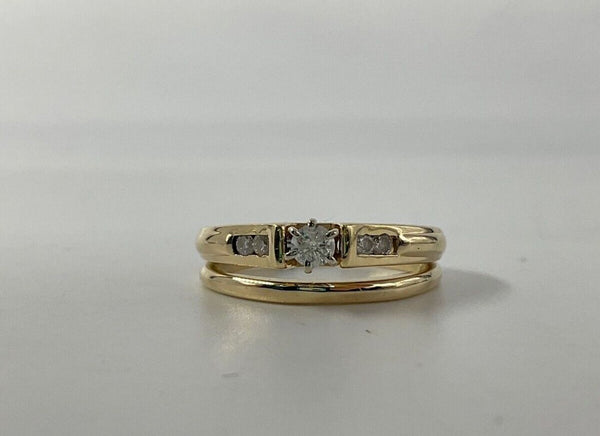
The invisible or seamless setting is a unique choice that is often used in designer halo settings. The main feature of the invisible setting gives the illusion that the center stone is suspended within the setting. The use of many tiny prong tips closely apart ideally secures the center stone and showcases its beauty without the interruption of standard-sized prong tips. It is rare and most popular in high jewelry as it requires the skill of highly experienced custom designers and goldsmiths.
V-Prong Rings
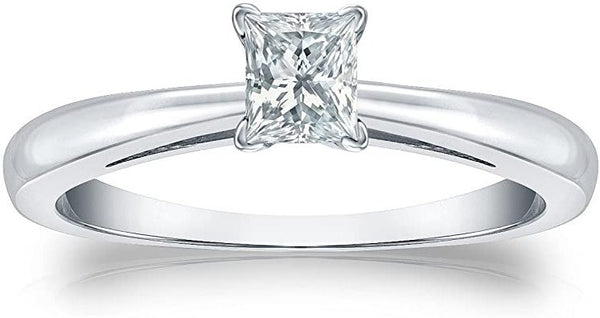
V-Prong rings are a popular choice for diamonds with pointed ends, such as princess, pear, marquise, and heart shapes. These delicate shapes require extra care to ensure that the edges are securely held in place and emphasized. V-prongs are designed to attach to these pointed edges to showcase the diamond's beauty while ensuring its safety.
Fishtail Prong Rings
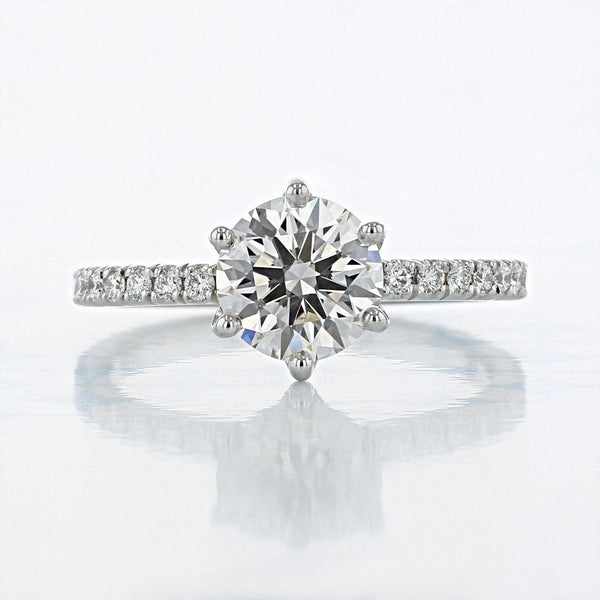
The fishtail prong solitaire setting is a vintage or antique-style option that creates the illusion of corners on a round stone. This style was popular before genuine princess-cut stones were widely available in the diamond market. Despite this, fishtail prongs are still a unique way to add variety to a solitaire setting and give the appearance of a larger stone in a subtle way.
Visit Luxury Diamonds for more information.



Leave a comment